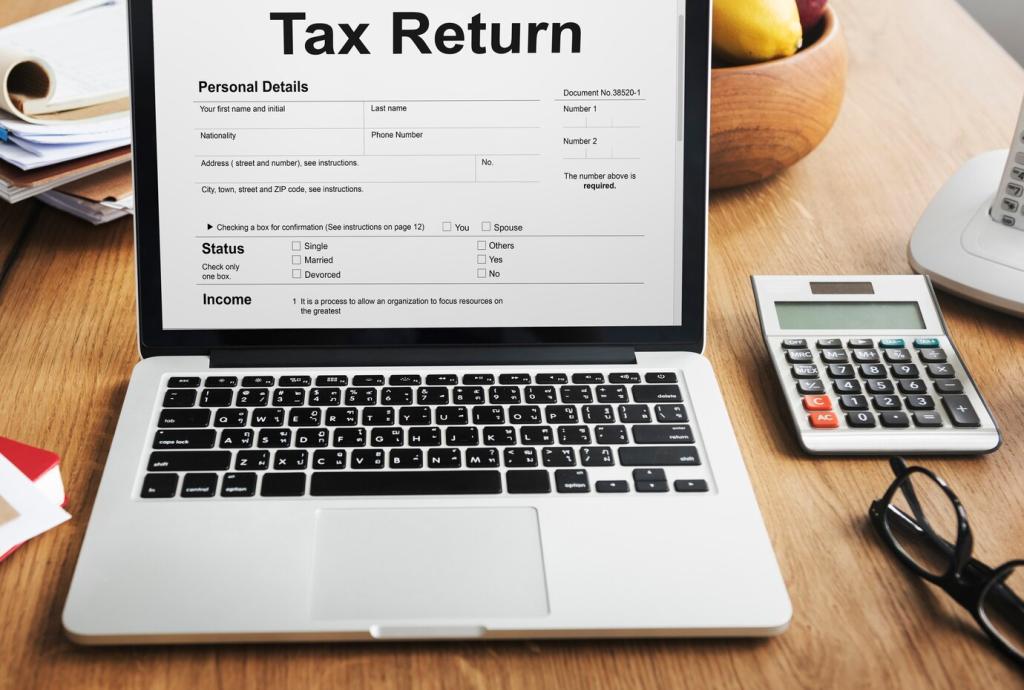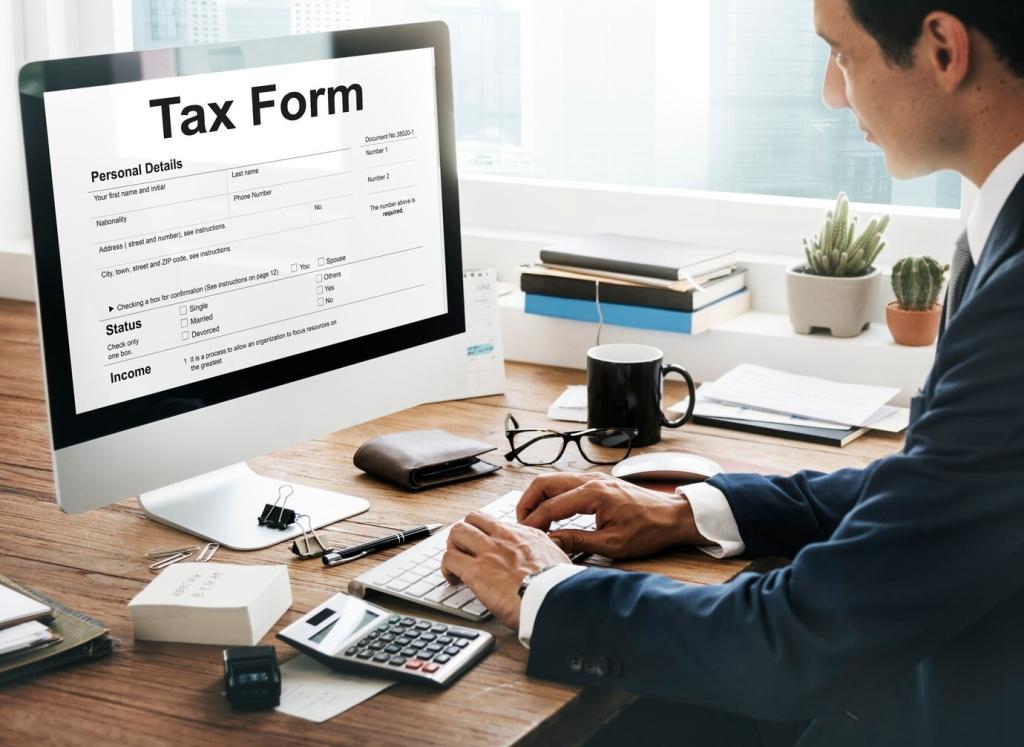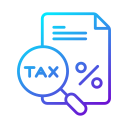
Tax Deductions Every Small Business Owner Should Know
Chosen theme: Tax Deductions Every Small Business Owner Should Know. Whether you run a side hustle or a growing company, smart deductions can stretch every dollar. Explore practical strategies, relatable stories, and confident steps to keep more of your hard‑earned profit. Share your questions and subscribe for fresh, plain‑English guidance.
Understanding What Counts as a Deductible Expense
A deductible expense is both ordinary and necessary for your trade. Ordinary means common in your industry; necessary means helpful and appropriate. When in doubt, ask, “Does this directly support revenue or operations?” Comment with a tricky expense you want us to decode.


Understanding What Counts as a Deductible Expense
Current expenses cover day‑to‑day operations and are usually deducted in the year paid. Capital items, like equipment or improvements, provide benefits over multiple years and are recovered through depreciation or special expensing. Choosing the right treatment can meaningfully change your tax bill.
Home Office and Shared Utilities
The simplified method applies a flat rate per square foot of qualified space. The regular method allocates actual costs like rent, mortgage interest, insurance, utilities, and repairs. Pick the approach that yields higher savings with less hassle, and review annually as your space changes.
Home Office and Shared Utilities
Split mixed‑use utilities by business percentage. Track internet bandwidth, dedicated business lines, and device use patterns. A short monthly log can justify your allocation without spreadsheets exploding. If you’ve ever wrestled with phone line splits, share your approach so others can learn from your method.
Track airfare, lodging, local transportation, baggage, tips, and necessary incidentals. Keep itineraries, meeting agendas, and confirmations showing a business purpose. If your trip mixes business and personal time, separate the costs carefully. Save this checklist and share it with a teammate before your next trip.

Vehicles and Mileage
Standard mileage vs. actual expenses
The standard mileage method multiplies business miles by a published rate. The actual method deducts operating costs like fuel, maintenance, insurance, and depreciation, allocated by business use. Run both methods for a sample period, compare results, and choose the one that consistently wins.
Commuting is not business use
Travel from home to your regular workplace is usually commuting and not deductible. Trips between clients, job sites, or to pick up supplies can qualify. Map your typical routes and mark business segments. This clarity prevents accidental overstatements and protects genuine, meaningful deductions.
Mileage logs that hold up: habits and apps
Record date, start and end locations, business purpose, and miles driven. Use an app or a simple notebook placed by your steering wheel. Weekly reviews catch errors early. Want our printable mileage log with prompts? Subscribe and comment “mileage” to receive it automatically.
People Costs: Payroll, Contractors, and Benefits
Misclassifying workers can trigger penalties and lost deductions. Review control factors, written agreements, and invoicing patterns. If someone acts like an employee, treat them like one. Share a scenario you’re unsure about, and we’ll walk through the practical indicators together.

Big Purchases: Depreciation, Special Expensing, and Timing
When to expense and when to depreciate
Smaller items may be fully expensed under your capitalization policy, while larger assets are depreciated. Consider current profits, expected growth, and lending needs. Spreading deductions can smooth taxable income across years, while immediate expensing can relieve tax pressure now.
Special expensing rules: powerful but nuanced
Some rules allow accelerated write‑offs for qualifying property, often limited by income and phaseouts. Model scenarios before year‑end to avoid wasting deductions you cannot use. Want our pre‑purchase worksheet to test options quickly? Subscribe and we’ll send the latest version with examples.
A timing story: tools bought at the right moment
Jade, a contractor, compared immediate expensing versus depreciation for new equipment. Purchasing in late fall maximized current‑year savings without starving next year’s deductions. Her note to self: plan purchases with taxes and cash flow in the same conversation. What’s on your buy list?
